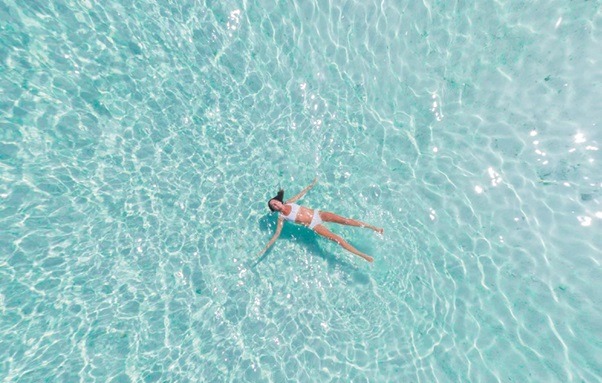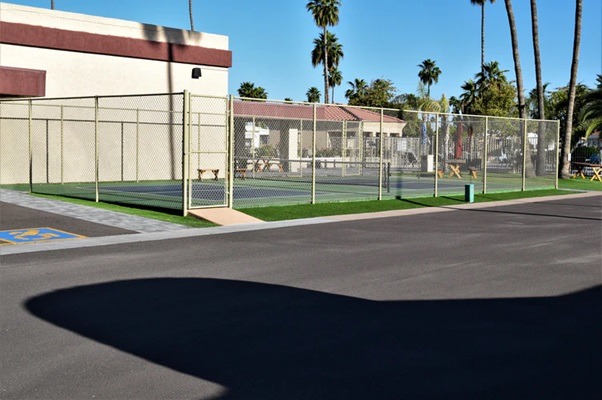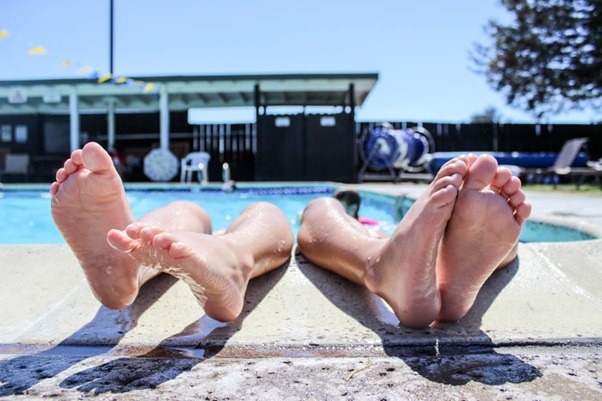Scientists say that swimming is one of the best exercises out there for your brain. Regular swimming is said to strengthen memory, improve your mood, and repair damage from stress.
A recent study showed that only 20 minutes of breaststroke improves your cognitive function. Not to mention, swimming can be incredibly cathartic on oppressively warm days. But have you wondered if your pool is safe for use? Consider the following for a safe swimming pool. The best way to learn swimming is by attending swim classes in Sengkang, Singapore is by a Sengkang Swimming Coach.
1. Keep The Area Clear Of Equipment
The area surrounding the pool must be clear of any obstacles or poolside equipment. Routinely inspect the area around the pool for slip hazards–– it can be something as simple as a small puddle of water or untreated patios.
Unless floats, swimming boards, tubes, toys, plastic beach balls, or cleaning equipment are in use, make sure they are stored away from the poolside.
A special instruction board should be set up for parents, explaining to them the type of baby gears, like strollers that can be safely brought near the pool.
2. Build A Pool With An Enclosure
Building a swimming pool enclosure costs anywhere between $5,000 and $15,000. Keep in mind that you will save money that would have otherwise gone into chemical and other pool repairs in the long term. Besides, you will be able to use the pool all year long, regardless of the outside temperature. Investing in an enclosure is well worth your money.
Make sure to get atex certified enclosures; this ensures that equipment will work safely in an explosive environment without causing an accident and will come in handy if you have electrical equipment like speakers or grills around the pool.
Besides keeping the dirt out, pool enclosures prevent algae growth and reduce water and chemical dehydration. When sheltered by an enclosure, your pool’s filter does not have to sweep up too much dirt and debris, thus saving you money on energy costs.
It is a little risky to build an enclosure after the pool is ready: there is potential for damage, increased cost, and lots of time investment. Planning is therefore crucial. If your pool was not built with an enclosure, consider erecting one now.
An enclosure is a hefty investment, so if you’re not too sure about building one, you can always get an inflatable pool enclosure. Also called a bubble or dome enclosure, this is one of the simplest ways to enclose your swimming pool as well as the cheapest.
3. Erect A Pool Fence
Although no federal law demands pool fences, many states and counties have come up with their own set of regulations. You will also be liable for neighbors’ wounds should they become injured because of your pool’s hazards.
Safety guidelines recommend a minimum of 4 feet of fencing. However, many experts say 5 or 6 feet is safer if you have children who play around the pool and yard.
If you have an above-ground pool, enclose the steps or ladder to the pool with a fence.
4. Install A Poolside Alarm System
Alarm systems are one of the most effective ways of preventing accidents or getting help before they do too much damage. They are so effective that their popularity has led to some states making it compulsory for homeowners to install an alarm while building their pool.
You can set your alarm system to alert you when someone has jumped or fallen into the pool. Such alarms have motion sensors that detect sudden movement. In the off-season or when you have guests over, you can have it alert you when the pool gates are opened.
5. Routinely Inspect Drain Covers
Drain covers serve an important purpose, but they can be real death traps. Regularly inspect and sanitize your drain cover–– there should be no cracks or missing screws. Rounded drain covers are safest.
Check the manufacturer’s instructions carefully and replace your drain cover well before they begin to crack or show signs of failure. The average lifespan of a drain cover is 5 years, but depending on the manufacturer and maintenance, they can last you about 10-12 years.
There is a federal law in place for safety standards for public pools that don’t apply to residential pools. It is still a good idea to check them out and make sure that your pool is as safe as it can be.
6. Make And Enforce Pool Safety Rules
Frame a set of pool safety rules for your loved ones and include basic instructions for pool conduct. You can include things like:
- Do not run or skip around the edge of the pool
- Do not push anyone into the pool
- Do not swim without an adult’s supervision (For children under 14)
- Do not hold someone under the water
Teaching your kids to swim is the best way to prevent drowning; it’s never too early or too late to learn how to swim. Of course, the skill doesn’t make it impossible for someone to drown, it is indeed quite helpful.
7. Store Harmful Chemicals Away From The Easily Accessible Areas
Pool chemicals should always be stored out of reach and away from frequently accessed areas. Make sure this area is well-ventilated to prevent harmful fumes from sinking in a particular area.
Chemicals such as chlorine are essential to keep bacteria like E. coli at bay. However, improper handling or mixing can lead to injury. Use appropriate protective gear as recommended by the Center for Disease Control and Prevention to prevent accidents.
Conclusion
Your swimming pool is the perfect summer refuge for those lazy weekday afternoons. No doubt, your children or loved ones are fans of splashing around in the blue water. A residential pool comes with the promise of a fun-filled summer, but also with the responsibility of keeping the enthusiastic little ones out of harm’s way.
Take appropriate measures to ensure maximum safety for them. Educate your loved ones on safety guidelines and regularly inspect and sanitize the pool for a trouble-free summer.



